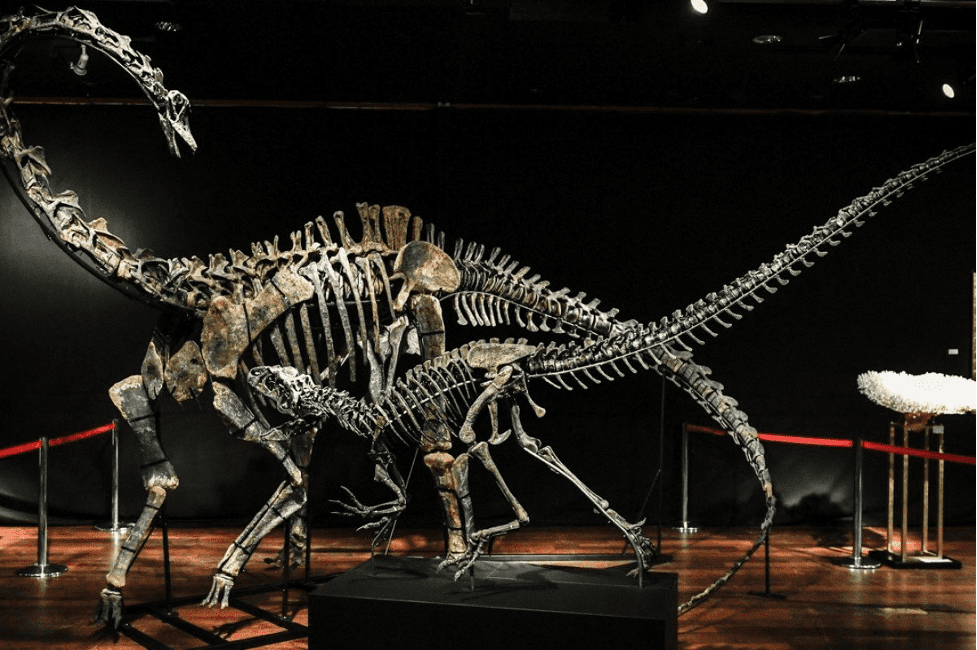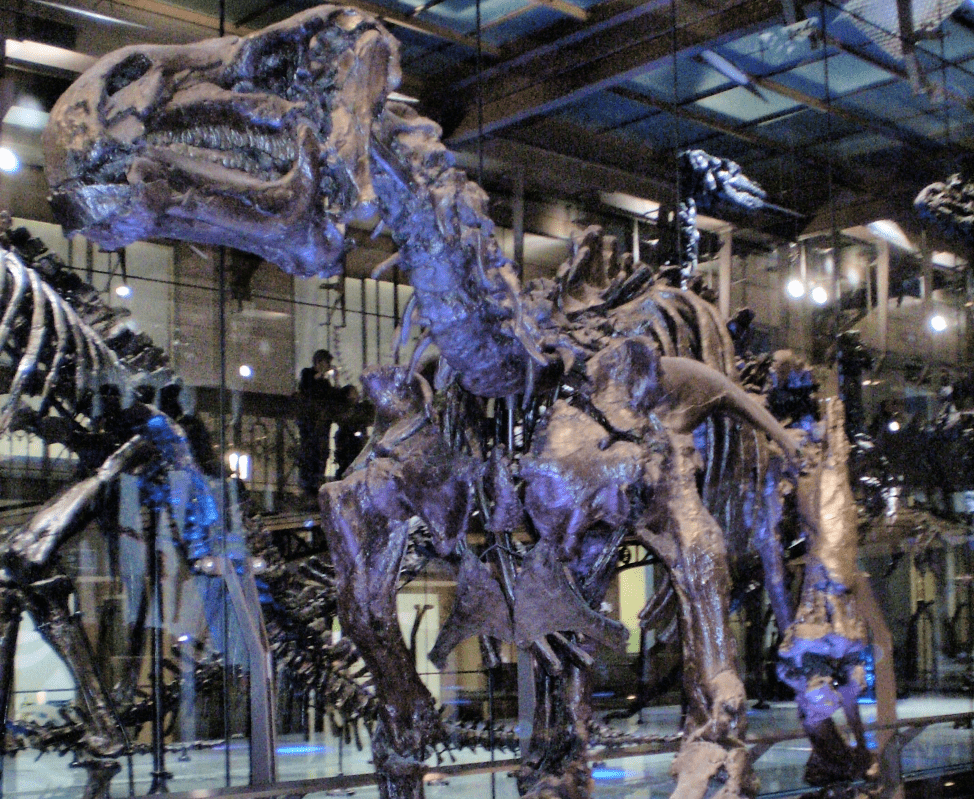During a period we refer to as the Mesozoic Era, dinosaurs roamed the Earth in all their glory. Paleontologists date this time back to about 230 to 65 million years ago when dinosaurs were said to be found on basically every continent. Although meteoric strikes are often blamed for the extinction of these creatures, researchers often do not consider it a possibility, on the other hand, cannot definitively state if that’s the reason dinosaurs no longer walk among us.

AFP | Much of what we know about dinosaurs comes from experts’ opinions based on evidence
Paleontologists, nevertheless, continue to work tirelessly to provide the answers we don’t have yet, and the result of such efforts is more evident now than ever before.
Dinosaur Footprints?
A team of British researchers recently discovered footprints belonging to the very last dinosaurs to walk on British soil. These dinosaurs were alive 110 million years ago. This discovery, held by a University of Portsmouth scientist and Hastings Museum and Art Gallery curator, is the last record of dinosaurs in the country.
The duo discovered the footprints in the foreshore and cliffs of Folkestone, Kent. In the area, stormy conditions often reveal new fossils but, never before have dinosaur footprints been found in the strata, according to David Martill, a Professor of Palaeobiology.

PA Images | The footprints determinedly belonged to at least 6 different species of dinosaurs
Which Species Were Identified?
The last dinosaurs were reportedly alive about 110 million years ago, at the end of the Early Cretaceous period. Considering the number of footprints discovered, scientists are amazed at the diversity of dinosaurs in southern England.
According to research published in the Proceedings of the Geologists' Association, when a dinosaur’s foot pushes into the ground, the sediment filling the impression causes footprint fossils to be formed.
Currently, the species identified include:
- Ornithopods - plant-eating dinosaurs, with a pelvic structure similar to that of birds;
- Theropods - flesh-eating three-toed dinosaurs akin to the T-Rex; and
- Ankylosaurs - armored rugged-looking dinosaurs, much like living tanks.
The largest footprint discovered belongs to a dinosaur similar to the Iguanodon, which was a plant-eating dinosaur that walked on either 2 legs or all fours, and grew up to 10 meters long. The footprint measures 65 cm in length and 80 cm in width.

Wikipedia | The first Iguanodon fossil was found in Sussex, England
Wrapping It Up
Dr. Martill also mentions how fascinating it is to find a diverse array of species in one place. He lays probability on the thought that these dinosaurs perhaps foraged for food in the locality or took advantage of the clear migration routes in the area.











